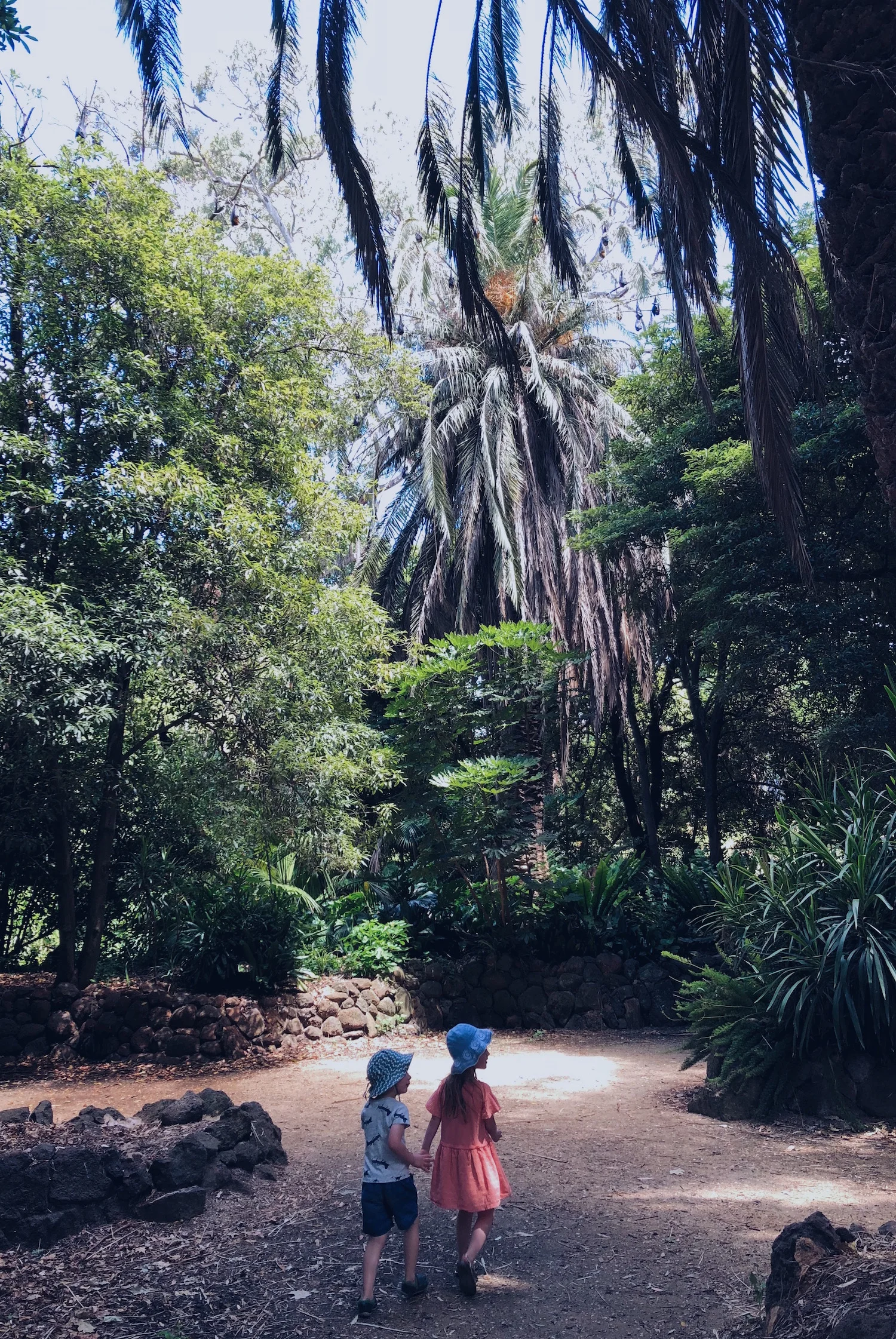8 ways to enjoy slow travel
One of the big things I have been planning for lately is a trip I will be taking to France with the children later this year. We will go on our own at first, with Mr B joining us later, and will live in the one specific town for four months. The goal is to get to know the language, the town, the climate, the food, the history, and most importantly the neighbours, during our stay.
To say I am excited is an understatement, and there will definitely be more talk about that trip on this blog in the coming months.
Now I realise that four months is rather on the extreme side of what has become known as "slow travel," but that doesn't mean we can't do the same on much shorter breaks. Even - I put it to you - weekend breaks. Slow travel is increasingly popular these days and it's not about "travelling for a really long time" but, rather, about getting to know the places we visit on a deeper level, rather than racing through and ticking off monuments on a list.
Recently for my newsletter, I created a cuckoo clock mail-art template, inspired by a request someone had made on Instagram. Thinking about cuckoo clocks made me think about kitsch, touristy souvenirs, and that made me think about holidays, and that got me thinking about slow-versus-fast ways to travel.
I made a list on the newsletter of "8 tips for slow travel" and have had such a wonderful response to it that I thought I'd share here, too, in the hopes that it will be just as useful or thought-provoking for you, if this is not something you'd considered before.
8 tips for slow travel: ideas for enjoying more mindful holidays
Slow travel is about trying to get to know the landscape, culture and people of the place you're visiting, rather than scratching the surface and moving on. Like all things "slow" (slow food, slow fashion and slow parenting, for example), slow travel is about mindfulness. About slowing down enough to notice the things around you, listen to the people around you, and take care of the place you are lucky enough to visit.
1. Aim to spend a decent amount of time in one place
Slow travel is the opposite of a 10-stop bus tour: it’s not about ticking famous sights off a list then moving on, it’s about steeping yourself in the culture and daily life of a new place
2. Eat local food
Ask hotel staff or hosts about the places they recommend that are not typical tourist spots. Ask where they and their friends like to eat and drink. In restaurants, ask wait-staff about the food on the menu. What do they recommend? If you’re doing some of your own cooking, avoid the supermarkets and shop at local stores - or even better if you can find produce markets - and talk to the stallholders about what’s good and how to prepare it
3. Stay where local people live
Consider staying in an Airbnb or similar home in a “real” neighbourhood, to get a genuine feel for the place you’re visiting, rather than in one of the big chain-hotels in an area designed for tourists
4. Get to know the neighbours
Chat with bus drivers, taxi drivers and hotel staff. Find a local cafe and visit it every day. Get to know the regular staff, and learn how to say “good morning,” and “how are you,” and order your morning tea or coffee in the local language. Find a table outside or near a window and people-watch, taking in snippets of the daily life of the people who live in this place
5. Shop locally
Tourism is a booming industry and in some areas is the biggest single contributor to the local economy. Where you spend your money can have an enormous impact on the community, so try to buy your patterned scarves, hand-blown glass ornaments and cuckoo-clocks from local vendors (or local makers if you can find and meet them!) rather than multinational corporations
6. Slow down your actual travel
Do you really need to take a taxi or town car to that next place? Try public transport, hire a bicycle, or even walk. You’ll see more, meet more people, and be free to stop or change direction whenever anything you see takes your fancy. You’ll also be significantly reducing your impact on the planet by traveling this way
7. Try to reduce your waste
It’s not always easy to recycle or sustainably dispose of waste in every country, but a few small steps to plan ahead will significantly lessen your potential impact on the waste of that country. Carry a backpack or tote bag for your shopping rather than accepting plastic bags. If local water is unsafe but the water in your hotel is drinkable, stock up before you leave for the day with water in your own reusable bottles, rather than buying plastic ones (you can also carry water sterilisation tablets with you if you need to). If you’re out in nature, carry your rubbish out with you
8. "Wish you were here"
Instead of logging into the hotel wifi or visiting an Internet cafe to update Facebook, buy a handful of postcards and stamps from a local vendor and head to a sunny cafe to write to loved ones about your experience. If you have half a morning on your hands, how about switching out some of those postcards for ‘real’ letters? Maybe even try your hand mail-art, depicting a simple scene from your holiday (the coffee you're drinking, a building you visited, some market produce). Think of little souvenirs you could enclose to add colour to your letters:
- Street maps and subway maps
- Leaves, flowers and found feathers
- Ticket stubs
- Bus timetables
- Business cards from cafes
- Cardboard drink-coasters
- Branded paper napkins

